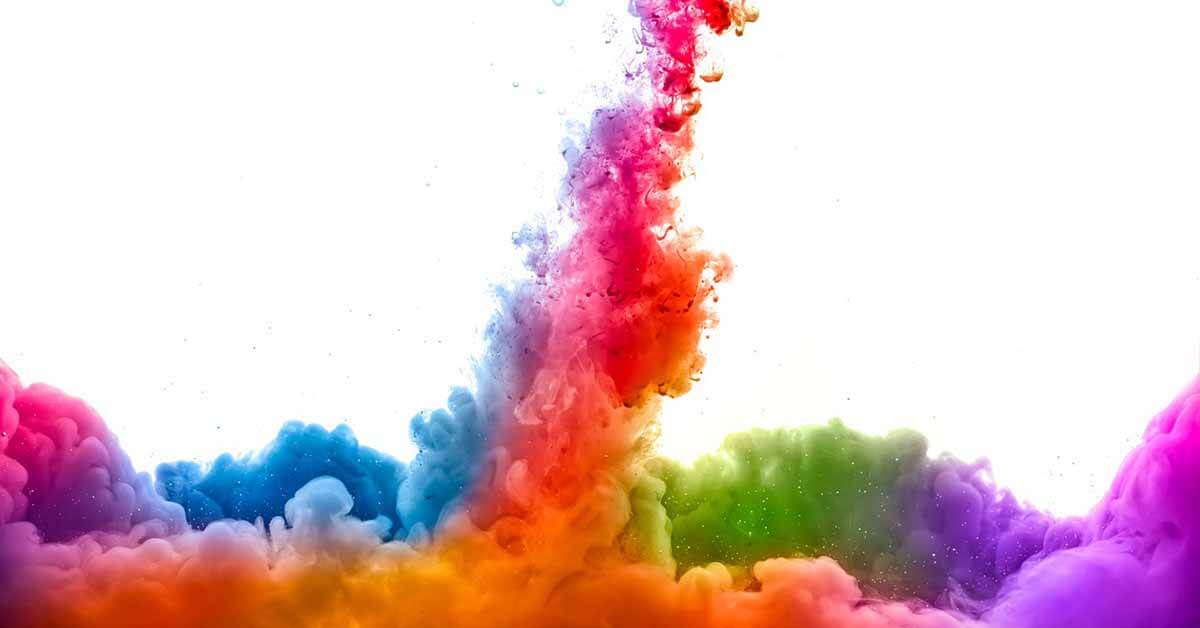Generally, custom printing paper boxes have high-quality color requirements. So, what are the factors that impact the color of product packaging box printing?
1. The Result Of Brightness As Well As Absorbency Of Paper On The Vividness Of Printed Items
The brightness of the paper is the basis for the vivid shades of printing. Suitable paper can mirror almost all the color light. In contrast, a paper containing grey, black, cyan, red, or various other color casts will undoubtedly soak up part of the case color light. And it will result in the tone, illumination, and saturation of the imprint. The final appearance is color. In other words, it adds some other inks to the primary ink, which affects the ink’s purity. It demonstrates a sensation of monotony, turbidity, and color actors.
Most of the product packaging and printed items now use coated white paper, wood pulp noodle white paper, regular liner paper, wood lining paper, kraft paper, and white cardboard. Because of the differences in the production procedures of various paper mills, the paper surface area’s whiteness and smoothness are considerably different.

2. The Effect Of Ink Transfer And Rolling Process On The Color Vividness Of Printed Items.
Suppose the ink-water fountain and ink roller are not clean during the production, mixed with various other tinted inks. In that case, it will undoubtedly cause color cast and cause the color to be unbright.
For that reason, when altering shades, make sure to clean the ink-water fountain, ink roller, and water roller. Significantly when transforming dark colors to light shades, you ought to pay even more interest to cleanse. The usual practice is to shovel a few light inks that will be used after the dark ink is cleaned up, and after that, tidy it after a while.

3. The Impact Of Ink Over Emulsification And Ingredients On The Color Vividness Of Published Items.
The typical offset printing technique mostly relies on the balance of ink and water to finish the printing process. During the ink transfer procedure, the emulsification of the ink is inevitable. Still, the over-emulsified ink will undoubtedly trigger the printed item’s color to discolor and become stale, causing a decline in color vividness.
Different additives, such as diluents, driers, etc., are added as required in the offset printing. Excessive enhancement of these ingredients will positively affect the color intensity of printed items; diluents consist of white ink, white oil, etc. White oil is mostly a solution mixed with magnesium carbonate, stearic acid, ink, and water. The fluid will undoubtedly promote the emulsification of the ink, resulting in a dull color.




